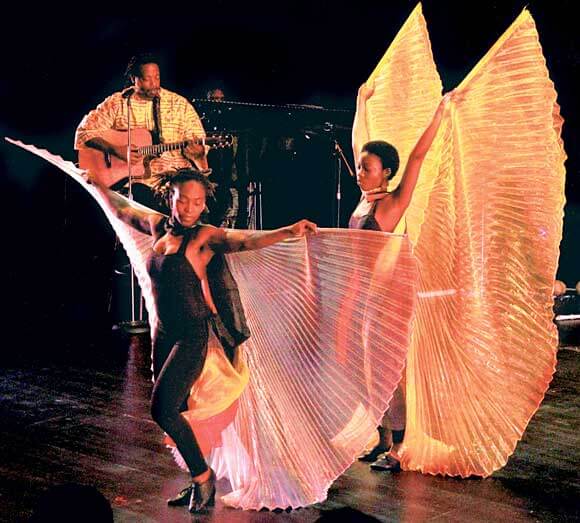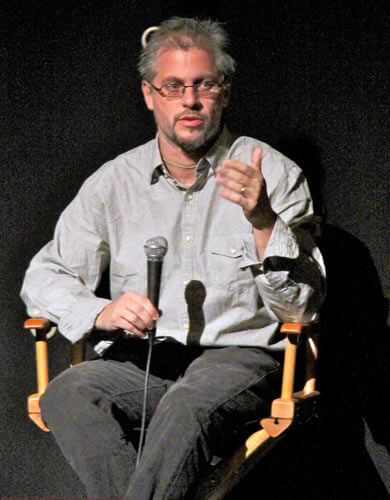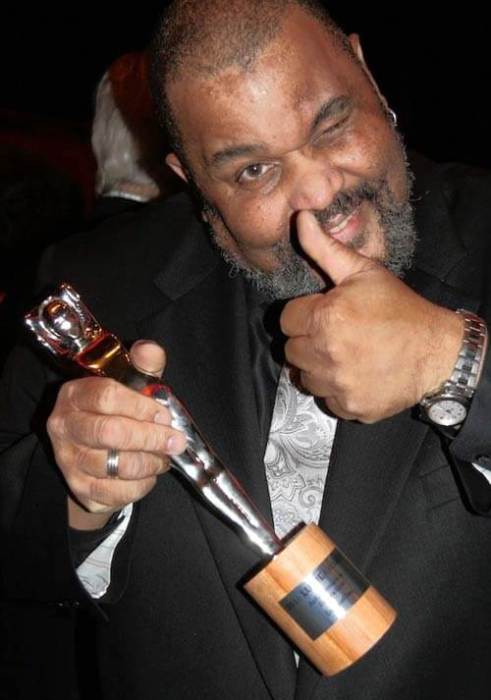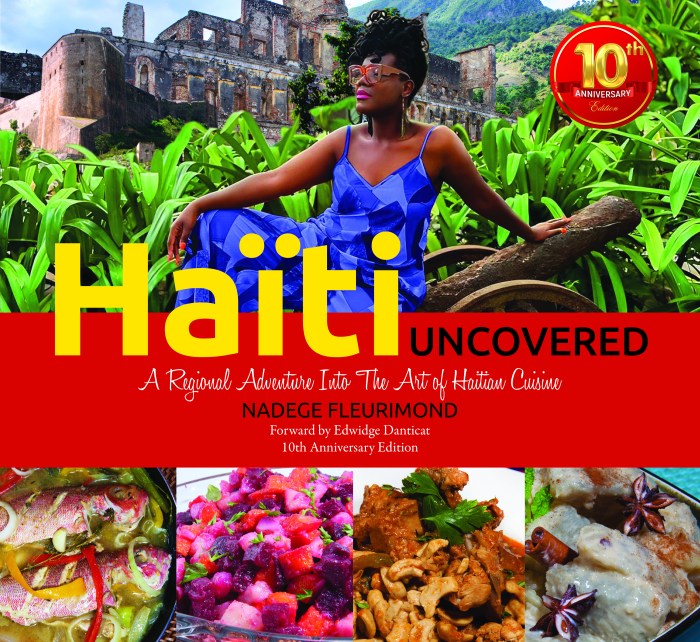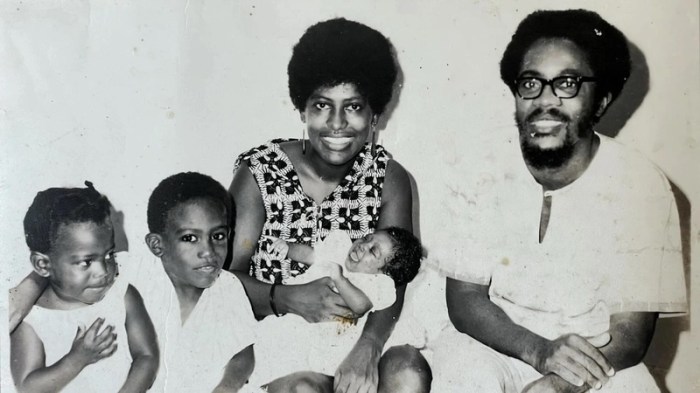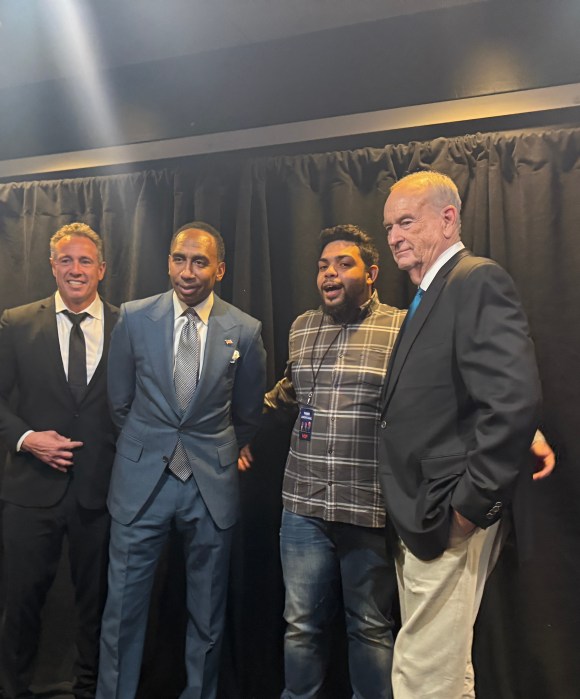Belizean-born musician and educator James Lovell, torchbearer of the Garifuna culture in New York, will be performing in Belize in January and in Los Angeles in February.
This follows the celebration of the Garifuna heritage and culture in song and dance at Long Island University on Nov. 19 by Lovell and his Afrigarifuna Youth Ensemble. It was on that same date in 1797, that the Garifuna first settled in Central America–now Honduras. It is their 213th anniversary.
The Garifuna people speak a language with roots of the island’s Arawak Indians; the language is now declared endangered. They are also known as the Black Caribs. They were taken from Africa against their will, landed in the Caribbean, but were never slaves.
The people are the Gariganu, their language—Garifuna. Combined population from the islands of the Caribbean, the Atlantic Coast of Central American and metropolitan New York City, there are about 200-600,000. The Garifuna music, language, food, religion and dance provide evidence of the strong presence of both West African and Amerindian cultures.
The evening at LIU was called “Yurumein,” which means: The beauty of the rainbows in the valley. The word refers to St. Vincent, the island where the shipwrecked Africans intermarried with the native Indians. Theirs is a complicated history of a distinct and sovereign people. On St. Vincent, they had fought against and survived the encroachments of many colonial powers, ultimately being exiled to Central America and spreading to Belize, and the coasts of Guatemala and Nicaragua.
The anniversary of their arrival to the mainland is reenacted in Belize where locals arrive in boats waving palm fronds and banana leaves symbolizing the cassava that sustained their ancestors. The evening at LIU was also an ushering in the 30th year of Belize’s independence; the Belize national anthem was sung.
The evening’s program showcased many hunguhungu/traditional numbers with young members of the Afrigarifuna Youth Ensemble providing song, percussion, and recorder; the “older youth” playing drums and turtle shells. Lovell also played the guitar.
The performance of “Walamserun (Our Sad Experience)” included narration, dance and stilt walkers. Other dance numbers highlighted evocative costuming and stepping up the pace, the punta jam got everybody’s blood moving as audience members were invited to the stage to dance with the performers.
Mistress of Ceremonies Margery Laing welcomed the celebrants, especially Janine Coye-Felson, deputy permanent representative to the U.N. from Belize, who gave greetings and enjoyed the tribute to a continuing cultural life of the Garifuna.


